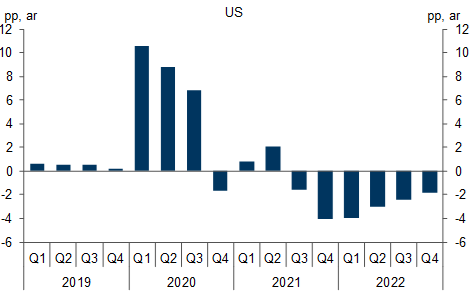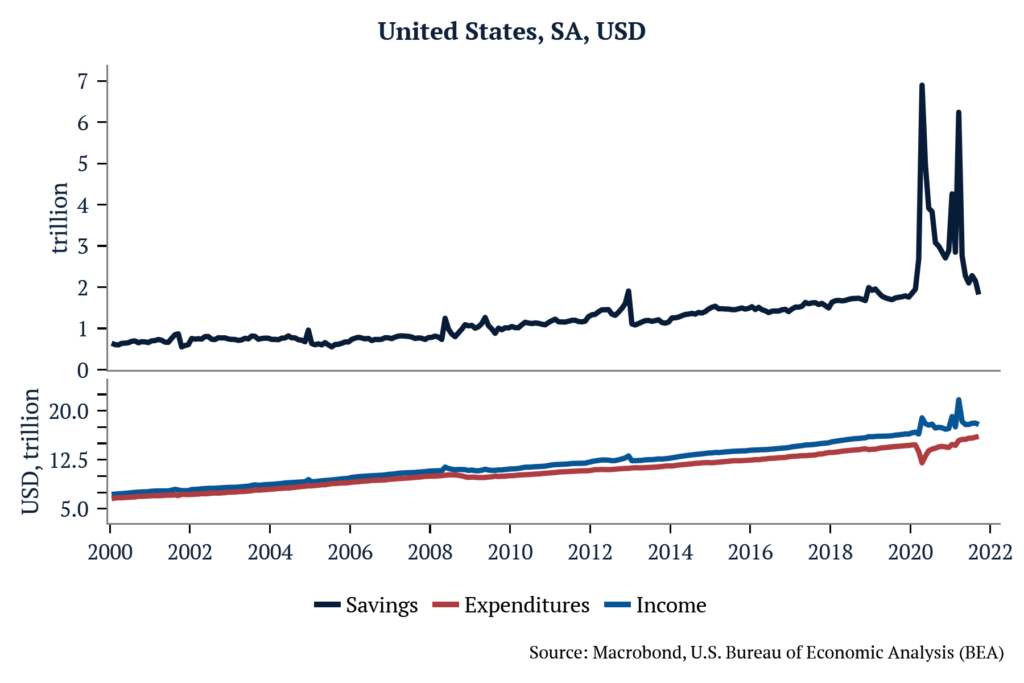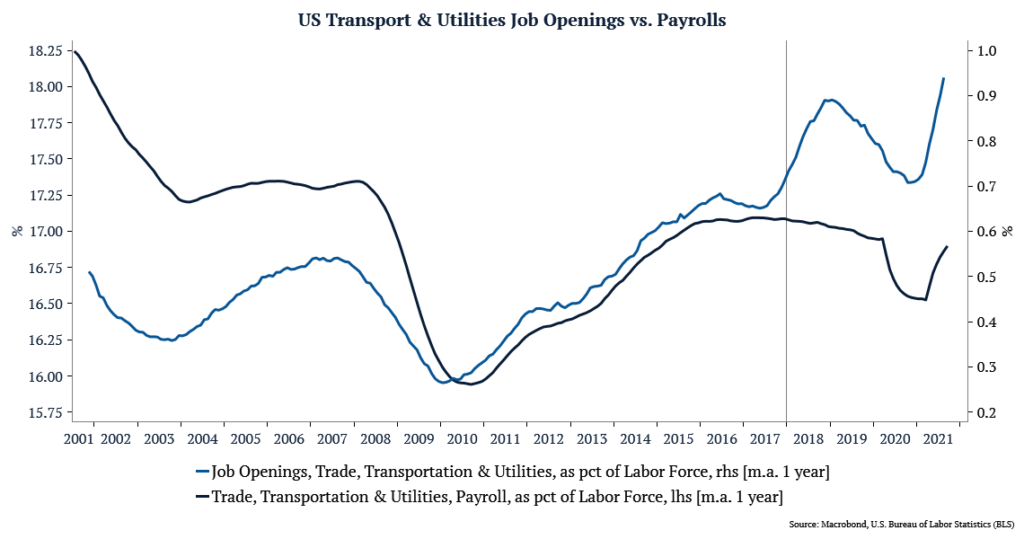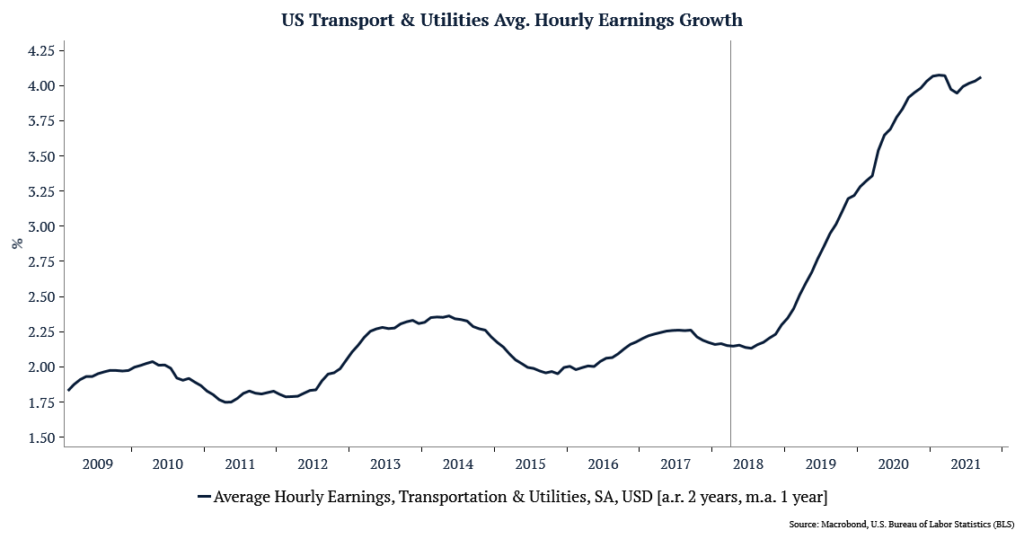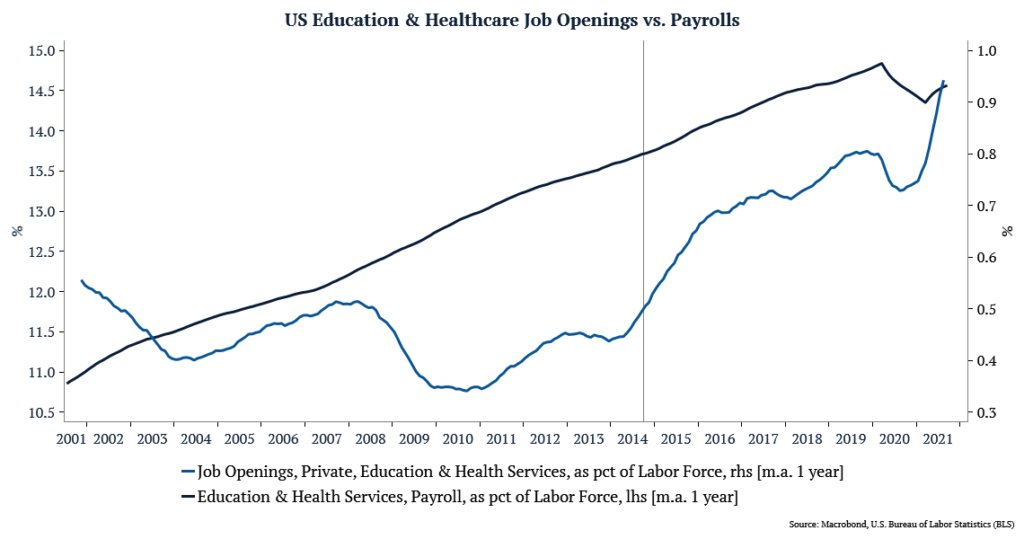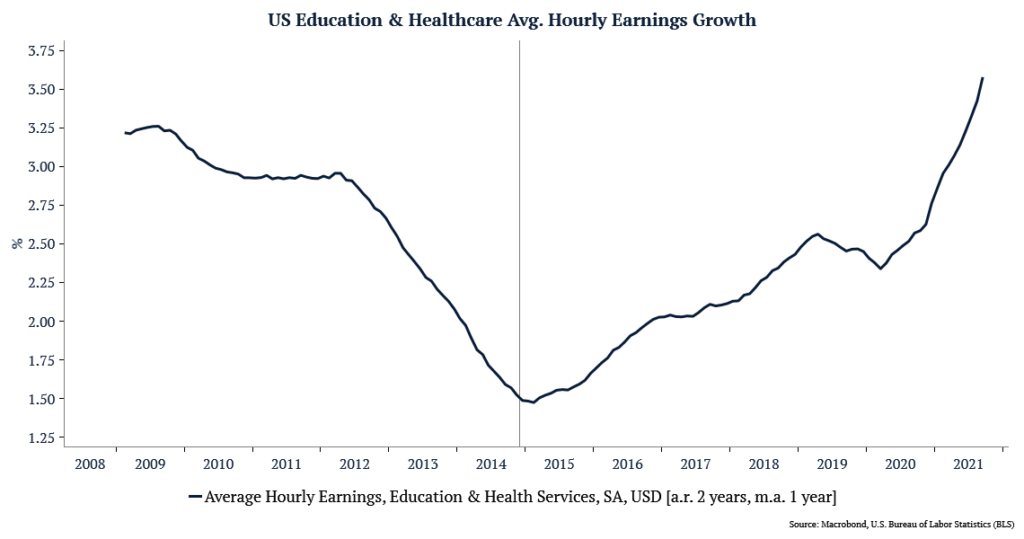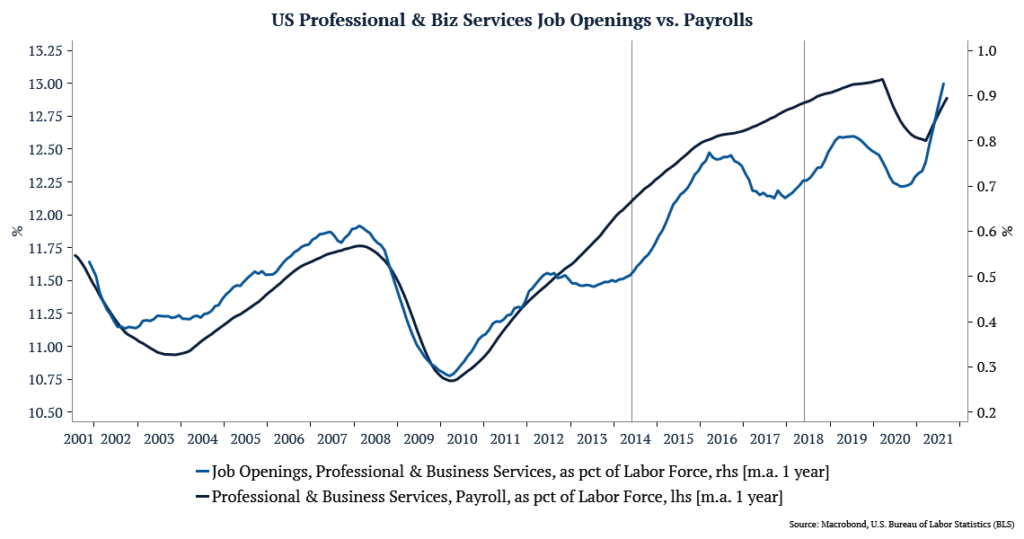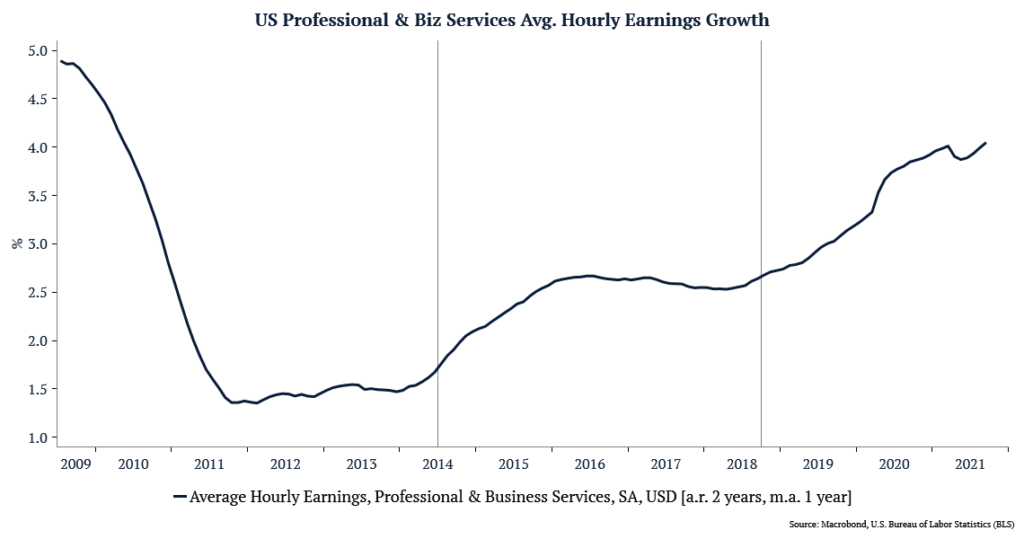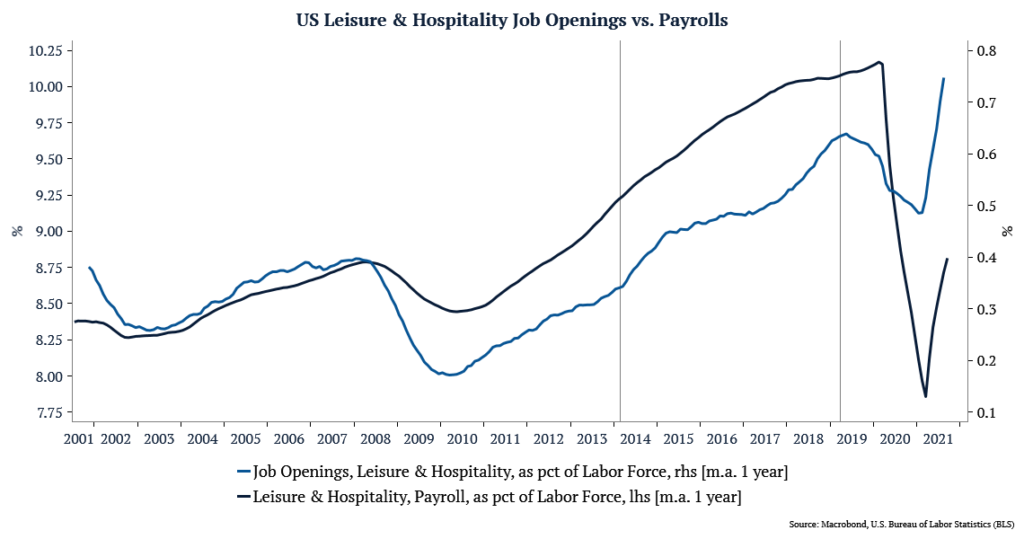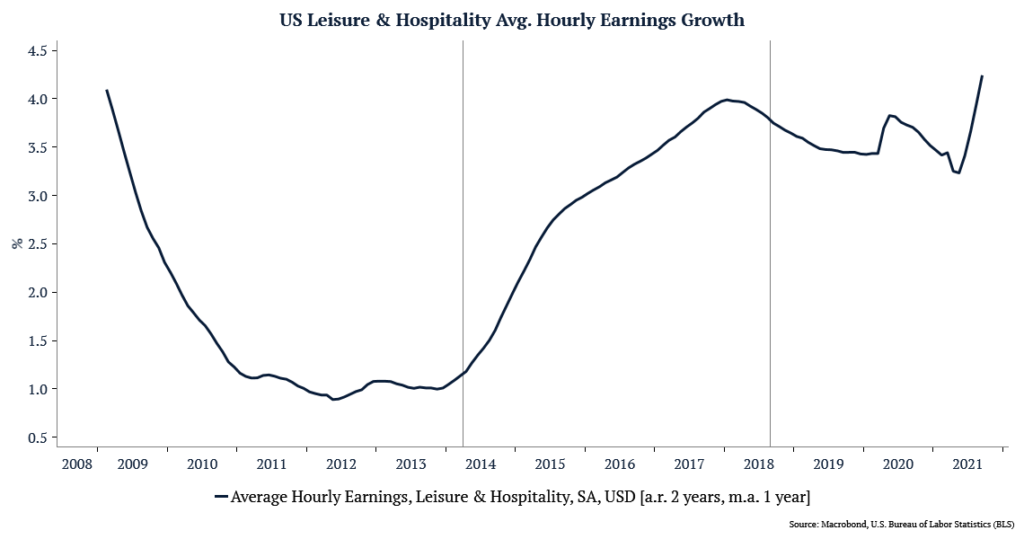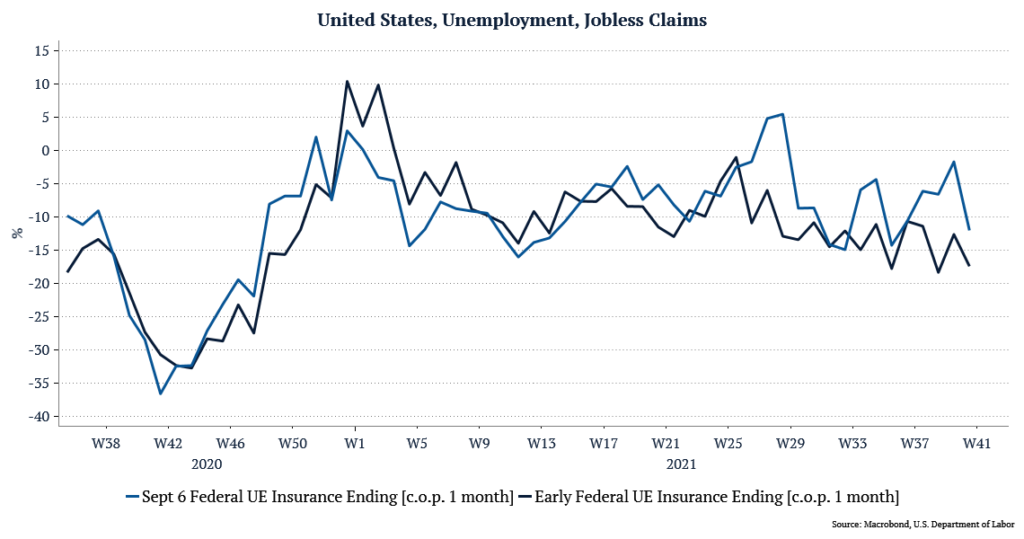“Brazil is the country of the future and always will be” is a quote often attributed to Charles de Gaulle that I particularly dislike but find hard to dispel.
From the early 1500s to 1930s, Brazilian GDP growth was merely a function of population growth, with annual population growth rates ranging between roughly 0.5% and 2%. It was only when government efforts to industrialize the country materialized in the 1940s that growth rates detached from population growth, with a meaningful increase in productivity that would only end with the hyperinflation period of the 1980s, resulting in a period of GDP per capita contraction. The seeds planted in the early years of industrial policy still pay dividends to this day through companies like Petrobras, Vale and CSN, as well as the National Bank for Economic and Social Development.
Until the 1970s, Brazil’s industrial policy was focused on opening its borders to attract foreign investment, which set it apart from many countries in Europe and Asia. The end of the expansion coincided with the oil embargo of 1973 and pushed the country into stagflation with high levels of debt and interest rates. It was only when the military dictatorship ended and democracy returned that the focus shifted to fighting inflation and economic development. By then, international competition was fierce, with China’s working-age population surpassing all developed markets combined. In many ways, the country was too early to reap the extraordinary benefits that globalization provided to emerging markets beginning in the 1980s. The disparity in emerging markets can be seen by comparing different countries’ economic complexity indexes. From 1998 to 2019, Brazil moved from 24th in terms of economic complexity to 49th in the world, while China impressively leaped from 72nd to 29th. The result was more successful in fighting inflation than implementing an effective industrial policy.
However, all is not lost. True, GDP per capita in Brazil was over nine times higher than in China in 1990, and in 2019 was about 85% the size of China’s, with expectations of decreasing further in the coming years. But, this loss in income has also made the country more competitive. Since 2011, labor costs in Brazil have decreased, and the OECD projects those costs to be slightly lower in 2022. In China, unit labor costs have steadily increased since the Great Financial Crisis and are materially higher than in Brazil at present, with projections implying further divergence between the two countries. When compared to Mexico, although labor costs are also trending down, Brazil still has one of the most cost-competitive labor markets in emerging markets today.
Along with cheaper labor costs, Brazil is in a great place to benefit from sustainability megatrends and international net-zero emissions goals. As the world moves toward net-zero, policies such as a carbon border adjustment tax are increasingly likely. Such a tax would mean that goods produced in countries where most of the electricity is generated from carbon-based fuels will cost more for producers, leading profits-first exporters to search for alternative manufacturing bases. Countries with mostly renewable electricity should benefit from significant capital inflows. Brazil generates 83% of its electricity from renewable energy, most of which comes from hydropower. The government has stated plans going back to 2016 to expand the share of renewable alternatives in its energy mix — wind has the greatest potential in the dry season as a hedge against low rainfall limiting hydropower productivity. Specifically, the 10-year Brazil Energy Plan from 2016 called for 18.5 GW of additional wind capacity by 2026. As of March, there was 17.7 GW of wind capacity installed in Brazil, leading it to be ranked eighth in the world for total wind capacity installed. This compares to China, India and Mexico, where only 29%, 22% and 21% of electricity production are from renewable sources, respectively.
Brazil still needs to improve its economy if it wants to compete with these countries to attract capital flows effectively. In 2020, the World Bank ranked Brazil 124th out of 190 countries regarding ease of doing business, compared to 31st for China and 60th for Mexico. Brazil ranked in the bottom third when it comes to registering property and starting a new business. The country was only better than six out of 190 countries when it comes to paying taxes, and ranked 170th for dealing with construction permits. By making even minor improvements, the region could be much more appealing to international investors. One place to start could be in reducing the administrative burden and time for companies to solve issues across these metrics, as this was a recurring theme in the data.
Historically, high interest rates have curtailed investments in Brazil. With rates materially lower, greenfield projects should be easier to pencil in the nation as companies look to diversify supply chains and protect their margins. This lower interest rate environment also opens new possibilities for industrial policies. Brazil could borrow a page from the Self-Reliant India playbook. The Indian government will spend $28 billion to subsidize manufacturing in the country by allowing manufacturers that hit investment and production targets to apply for cash back worth 4%-6% on incremental sales above their turnover for up to five years. This policy encourages foreign businesses to move manufacturing to India, produce goods for export and earn an incentive. This is not unlike the path China took to build its manufacturing base — initial Chinese export success relied heavily on foreign investment in clusters where domestic operators could grow alongside foreign competitors. Companies such as Apple, Amazon and a Foxconn subsidiary have already announced production plans in India. Such a foreign investment-friendly policy stance from Brazil could be monumental for the country’s manufacturing base and allow the country to emerge as a critical piece of a diversified, green global export regime.
If the country can seize this opportunity, it would finally put to rest the idea that success is an ever-moving target and make Brazil the country of the present.
Article also submitted to Forbes
